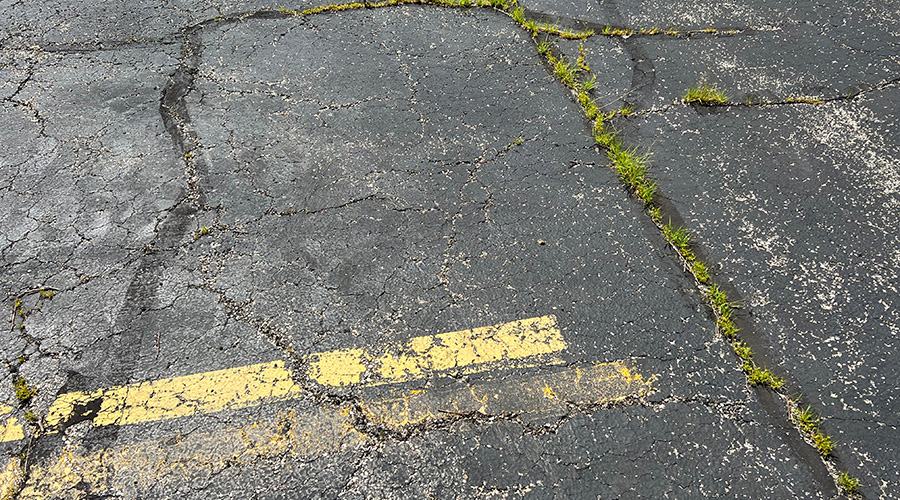Pesticide Chemicals Include Azadirachtin, Neem Oil
Even though environmental and human safety concerns have forced many chemicals off the market, managers still have an array of effective products from which to choose.
Azadiracthin, an extract from the neem tree, is available under many brand names and can control caterpillars, leaf-feeding beetle larvae, sawflies, aphids, leafhoppers, plant bugs, grasshoppers, and some leaf miners and cutworms. Azadirachtin-based products are toxic to fish.
Neem-oil-based products help control aphids, whiteflies, scale crawlers and spider mites, but insect control requires repeat applications. Neem oil also might work to prevent fungal outbreaks.
Managers can specify diatomaceous earth as a barrier for crawling pests, such as slugs, snails, and earwigs. It consists of the fossilized shells of tiny water-dwelling organisms called diatoms that, when ground up, have sharp, microscopically fine edges.
When using pesticides, workers must always read and follow label directions. As required by some states, managers must make sure workers receive proper training and obtain licenses. Proper PPE for applicators also is essential. Workers must always follow guidelines set by the federal government. Managers can obtain the worker protection standard from the district office of the U.S. Environmental Protection Agency. Private companies also offer manuals and assistance on complying with this standard.
Related Topics:














